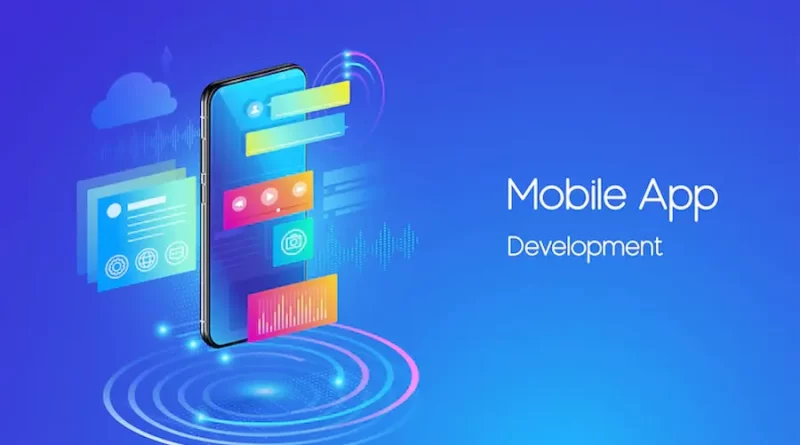Mobile App Development Services – Android, iOS: Complete Guide
Mobile apps are becoming more prevalent and are the future of finance, healthcare, and everything else. The study indicates that mobile app revenue is expected to surpass 613 billion US dollars. If you’re considering creating a mobile app, you’ve found the ideal blog. Because in this post, we’ll explain to you the stages of developing a mobile app and how to create apps for iOS and Android.
Stages Of Developing Mobile Apps
Although Creating A Mobile App From Scratch Can Be Difficult, You Can Always Engage A Mobile App Development Business.
Because Designing An IOS Or Android App Differs From Building One.
There Are Numerous Other Stages.
-
Analysis And Planning
Preliminary research is done at this stage, and consumer requirements are gathered. Creating technical documentation and deciding on a plan for future collaboration.
-
Development And Design Screen Layouts
Interactions, prototypes, and other decisions are decided during the designing phase. Throughout development, all of your concepts are combined with the technical specifications (third-party interactions, APIs, etc.).
-
Testing And Disposition
Generally speaking, testing is a step in the development process. Before the software is deployed, every conceivable situation involving system loads is examined separately.
-
Support
Support is constantly required, even after the program has been made available, as a helpful user may propose a feature you should include.
Let’s Move On To The Topic Of Developing Apps For IOS And Android.
How Can I Create An App That Works On IOS And Android?
The two main focuses of the develop a app of mobile community are native development and cross-platform development.
Native App Development
It is the process of creating an application, particularly for one platform. They are written in languages suitable for the platform, as a result.
For instance, native Android apps can only be used with Android OS, but native iOS apps can only be used with iOS.
Cross-Platform Development
With just one line of code, cross-platform programming may function on both the iOS and Android platforms. Hire cross-platform app developer to help you achieve the results you want with your projects that require cross platform access. It’s best to understand native technologies first if you’re new to creating mobile apps before going on to cross-platform ones. It takes different technology stacks to build apps for iOS and Android.
Flutter, Ionic, Xamarin, React Native, etc., are examples of cross-platform development tools. Kotlin is used for Android development, whereas Swift and Objective C are used for Java development.
Hybrid applications often run more slowly than native programs because they must navigate a complex set of processes and layers of containers to operate. Applications that are native perform significantly better. React Native, however, has been successful in changing the game.”
What Sets Android Development Apart From That Of IOS?
Android’s technical underpinnings and those of app development are separate from one another.
App developers extensively use Android and iOS.
Even though Android is considered the most accessible platform for app development, there are variations in design and marketing.
How To Choose And Integrate A Payment Gateway Into Android And IOS Mobile App?
This tactic is most effective for in-person sales at trade exhibitions, local shops, restaurants, or fundraisers. Businesses and organizations can convert smartphones or tablets into point-of-sale (POS) systems to process credit cards while on the road.
Customers can use their credit cards to make payments by swiping, dipping, or tapping them on the mobile device, and the vendor can accept the money immediately.
Even without a credit card reader, they can still collect payments by going into a virtual terminal app on their smartphone and manually entering credit card or ACH information.
Let’s Discuss Some Factors Of iOS And Android App Payment Gateway.
-
Benefits
The credit card model is appropriate for small businesses without a cash register because it does not call for the installation of a mobile payment system for clients.
-
Disadvantages
The systems have higher transaction fees than alternative solutions because of the systems’ procedures for detecting fraud and the possibility of credit card or identity theft, making them unsuitable for large organizations.
Consumers are shifting their priorities for online payments due to growing awareness of the simplicity of online transactions and technological advancement. Therefore, it inspires users to migrate to online transactions, which is why we observe an increase in payment gateways.

